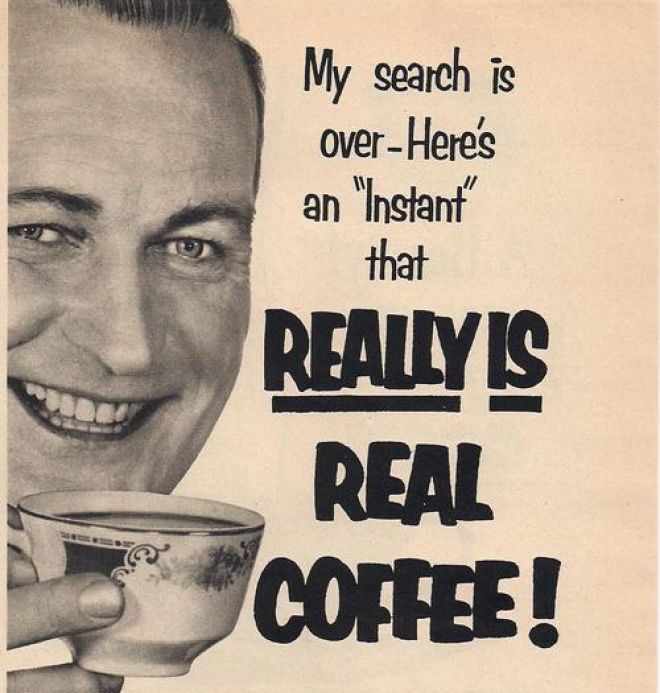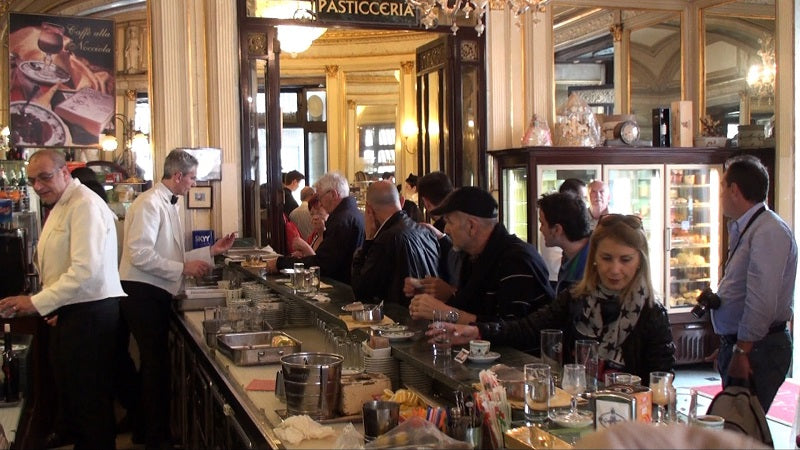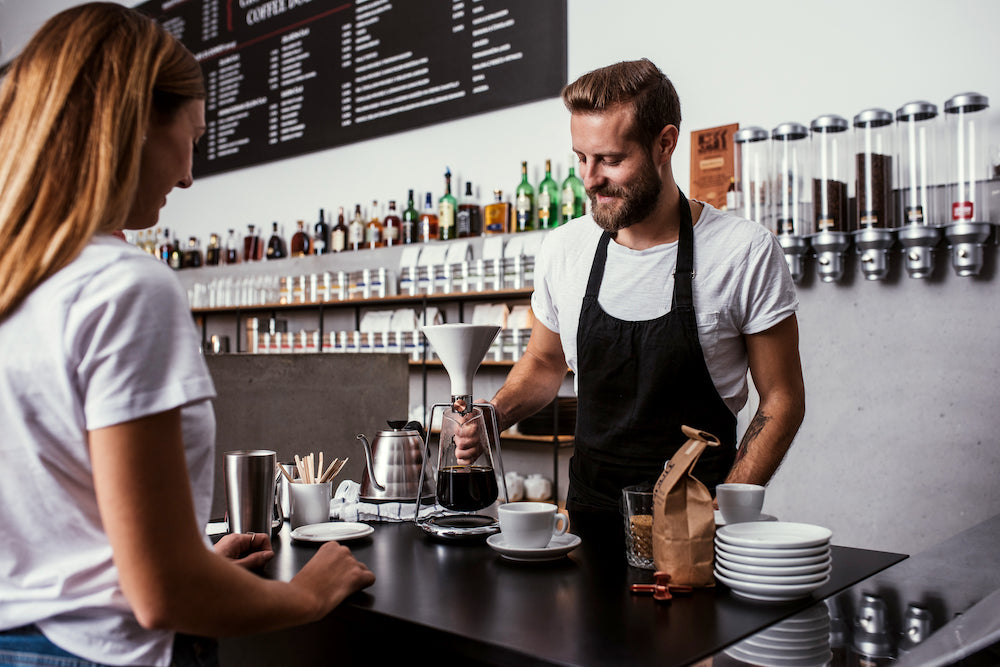About the bean: The waves of coffee
They say all good things come in waves that make a huge difference. Coffee is no different. It’s said we are now “surfing” the third wave of coffee. With all the talk about the third wave – what were the first two waves?
As far as we know, coffee as a drink has been around since the 15th century. But coffee itself has a poetic history.
The legend (coffee prequel #1)
A bunch of goats in the Ethiopian south-western highlands stumbled upon a lovely bush with even lovelier fruit on it. Red, lush, inviting. So these curious goats ate the cherries. That event triggered a funny thing – those goats went crazy! Popping with energy, doing backflips, running, and jumping.
These goats also had a shepherd who was usually lying in the shade of a tree, minding his own business while the goats grazed the juicy grass. “What’s that commotion??!!!” he thought when he heard the loud bleating. When he saw his flock, he was shocked – a wild bunch of goats out of control!
He got curious … what could it be that his flock transformed from being lazy grass-grazers to a crazy bunch? He noticed THE BUSH. He picked the cherries and tasted them, but didn’t like the taste much. The story gets a bit blurred at this moment, as in the next scene we see the shepherd drinking his tasty Ethiopian brew (it remains a mystery how the beans got processed, dried, and roasted, but let’s not be distracted by unnecessary details). After a few minutes, he felt energized, youthful, ready to do backflips. And not at all sleepy!
(There is also an alternative story, where the shepherd brings the cherries to a local abbot, who brews them and shares the energizing drink among his colleagues.)
GOAT STORY's story of coffee (mug) in video
World domination (coffee prequel #2)
Fast forward a few centuries – coffee eventually spread through the Middle East in the 15th century, finding its way to Europe a century later. It only made sense Europeans shipped the beans to their colonies in America, Asia, and soon coffee was available all around the world, while, especially in Europe, a vibrant coffee house culture emerged, mostly propelled by artists, writers, poets, and revolutionists.

A 17th-century coffee house in London (Source: londonist.com)
Household coffee kicks (First Wave)
Okay, coffee was already a drink that was enjoyed around the world. But after World War II someone got the idea that coffee could be freeze-dried. WHAAAT why would you do that? Yes, you read it right. The world was gifted with the joy of instant coffee. It was a convenient and cheap way to distribute coffee anywhere in the world. And it could be brought back to life with a splash of hot water.

Easy-peasy, right? Right … but the quality could be debated. But we’re not here to debate the quality of any coffee, we’re just trying to explain what these coffee waves are all about. And this was the first wave of coffee. An important milestone that introduced coffee to the homes of the masses.
Going out for coffee (Second Wave)
After a few decades of people drinking mediocre coffee, a new wave took the world by storm. Big coffee companies started roasting higher quality beans and sold them to coffee shops, supermarkets, and elsewhere. This is the era that saw the emerging of big coffee chains (like the one with a star and a buck in its name). This was the era of espresso (and espresso-based drinks that later even evolved into unrecognizable monstrosities that had little to do with coffee as we know it, but again, we’re not here to judge – even a triple latte whateverpuccino with a dozen syrups and flavors was a way to get people into coffee shops). This was the era when people started to “go out for coffee” because it was so much better than a home-brewed cup. And with cafes offering a variety of beans and coffee types, the culture of coffee drinking improved immensely.

When "Going out for coffee" became a thing ... the second wave of coffee.
Back to the bean (Third Wave)
The contemporary coffee scene today is all about the coffee bean. We’re now going back to the basics – looking at a coffee bean and the possibilities it has to offer. Without the gimmicks. We could call it coffee for purists. An artisanal product, in a way like wine or craft beer. The highest form of appreciation of coffee, where we appreciate subtleties of flavor, varietal, region, processing, roasting, brewing. The whole coffee circle.
The third wave of coffee introduced us to coffee production as an art form. It’s not just about the brew. It’s about the farmers, the tasters, the roasters, the barista. And the end consumers. Everybody in the coffee chain aims to be as transparent about the bean as possible.

Third Wave: it's about the coffee experience and appreciating the bean.
With special attention to the best beans that are produced in the world (namely specialty coffee), we today can enjoy the best coffee in the history of mankind. We appreciate that the coffee we enjoy is fair (especially to the farmers) and of high quality. We appreciate our coffee being roasted lighter (especially in contrast to the second wave of coffee, where dark roast was THE standard). We appreciate the clarity of flavors that is possible only with single-origin beans. And we appreciate the revival of somewhat forgotten brewing techniques such as pour-over brewing, vacuum coffee and some innovative takes on immersion coffee and even cold brewing our coffee. And brewing coffee is also returning into our homes, with affordable brewing gear (compared to the expensive coffee shop espresso machines from the second wave).
The third wave is all about the search for the perfect cup of coffee. And learn why it’s as good as it is.
What’s next?
Some say that transparency in the coffee chain is already what would determine the fourth wave of coffee. Others say it’s the science of a bean, incorporating measurable variants in every step of coffee production.
To be honest, we don’t care. We love the path that coffee has taken in the last few decades and we’re gladly surfing the last wave of coffee, no matter the number.
Do you have an opinion on the fourth wave of coffee?
What does coffee hold in the future? Are we already in the fourth wave or are we having the ride of our life on the third wave? Leave a comment below!






